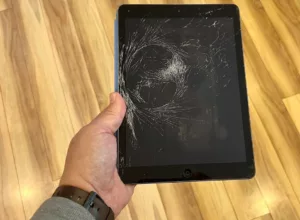
How To Purify Water At Home Without A Water Purifying Machine?

In times of calamity, water is the most important resource. Remember that between 50 and 75 per cent of our bodies are made up of water. Our performance and mental function begin to deteriorate at just 1% dehydration, even though we often don’t feel thirsty until we have lost around 3% of our water.
We don’t need to stress the critical necessity for a water filter in every home in a nation where waterborne infections cause over 10,000 fatalities each year. For their drinking water needs, the majority of people rely on RO water filters or RO UV water purifiers, but there are other alternatives you can try. Read the article below to know how to purify water.
Why Is Water Purification Necessary?
Never drink water from an unreliable or outside source without first purifying it. If you are alone in the bush, drinking some contaminated water (or even water that seems clean) might not seem like such a huge problem. Unfortunately, the majority of natural water sources are seriously polluted.
- By removing chemicals, pesticides, chlorine, microbiological pollutants, and heavy metals from water, filtration can produce water that not only tastes better but also smells better.
- In a survival situation, diarrhoea and vomiting can KILL YOU! They can also hinder your mobility and lead to greater dehydration.
- Filtered water is important for kids since it gives them access to clean, wholesome water that’s necessary for their immune systems.
Different Water Purification Methods
Below are some of the best ways to purify water:
1. Boiling
Boiling is by far the simplest and most reliable way to purify water. However, it is important to keep in mind that boiling does not completely remove impurities.
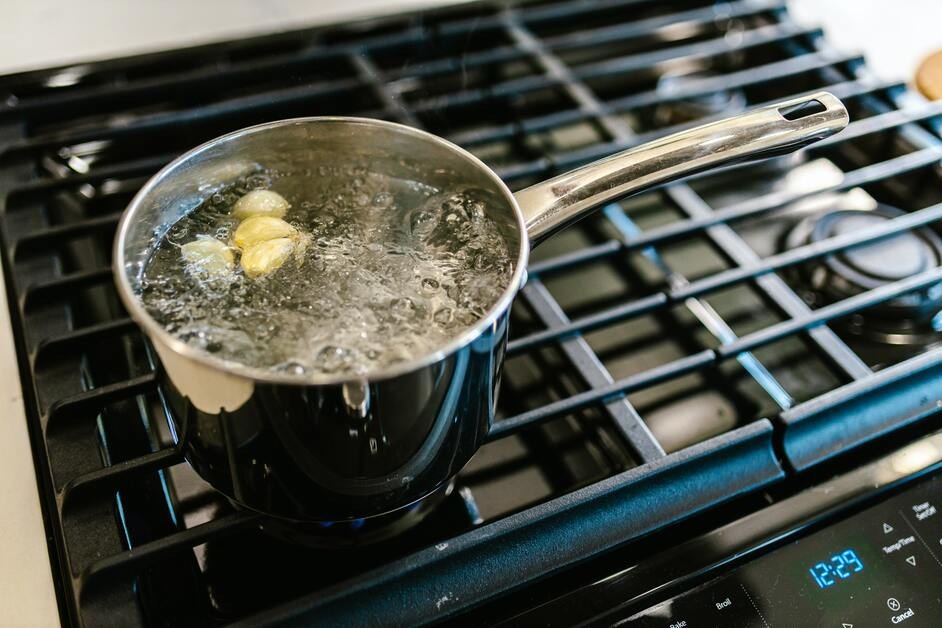
2. Distillation
In order to ensure that the water is free of impurities, distillation involves collecting the condensed water after evaporation. This takes longer and removes minerals, thus it is less efficient than a RO filter.
3. Bleaching through Chlorine
Chlorine can be added to the solution to bleach it. The disadvantage of this procedure is that after adding chlorine, the water cannot be sipped for 30 minutes. But despite this flaw, it has benefits such as affordability and accessibility.
Subscribe to Erip
Get the latest technology news, reviews, and opinions on tech products right into your inbox
4. Solar Cleaning
Solar purification, which uses the sun’s ultraviolet rays to purify water, is an alternative to UV filtration. A plastic bottle is filled with water, shaken to release the oxygen, and then placed horizontally in the sun. This successfully eliminates viruses and germs in the water, making it safe to drink.
5. Use iodine
Another nonmetal that can be obtained in tablets is iodine. These tablets can be added to a big jug of water.
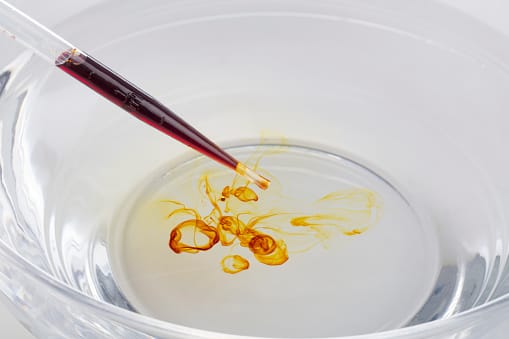
6. UV Radiation
A UV light is shone on the water, which kills bacteria and stops them from reproducing. However, UV radiation alone is unable to remove contaminants and heavy metals without the assistance of a RO Filter.
Conclusion
It should come as no surprise that having access to clean water is a fundamental human right given the importance of water in maintaining life. To stay healthy, your body requires access to clean drinking water.
On the other side, tainted water can be extremely fatal. Because of this, water filtration is quite important. We hope that the article on how to purify water helped you a lot.
Related News

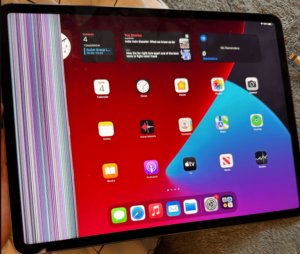
iPad mini 5 front glass replacement in India
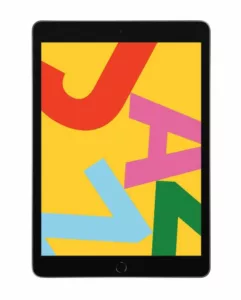
iPad 7 th generation front glass replacement in India
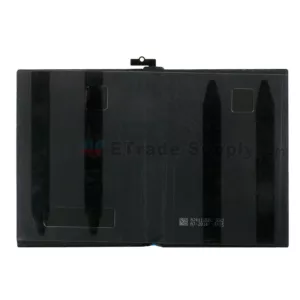
iPad 7th Generation Screen Replacement in India
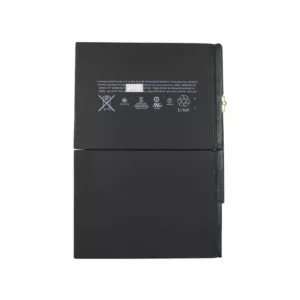
iPad 8 th generation Battery replacement in India
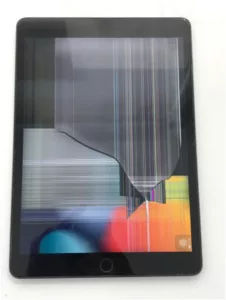
iPad 6th Generation Screen Replacement in India

iPhone 14 Back Glass Replacement in India

iPhone’s Genuine Apple Display Warning Message

Apple Non-Genuine Battery Warning Messages
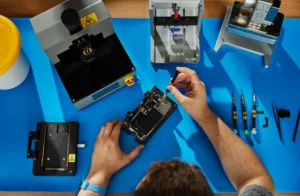
How to know when it is time to replace your iPhone battery?
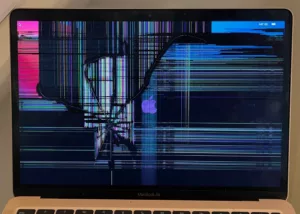
MacBook Air M1 Display Price in India
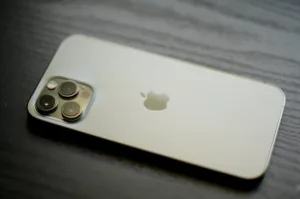
iPhone 12 pro back glass replacement in Bangalore, India
Never miss any important news. Subscribe to our newsletter.
Recent News
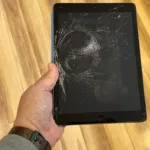
iPad mini 5 screen replacement in India
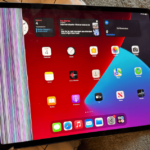
iPad mini 5 front glass replacement in India

iPad 7 th generation front glass replacement in India

iPad 7th Generation Screen Replacement in India
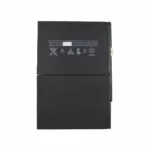
iPad 8 th generation Battery replacement in India


